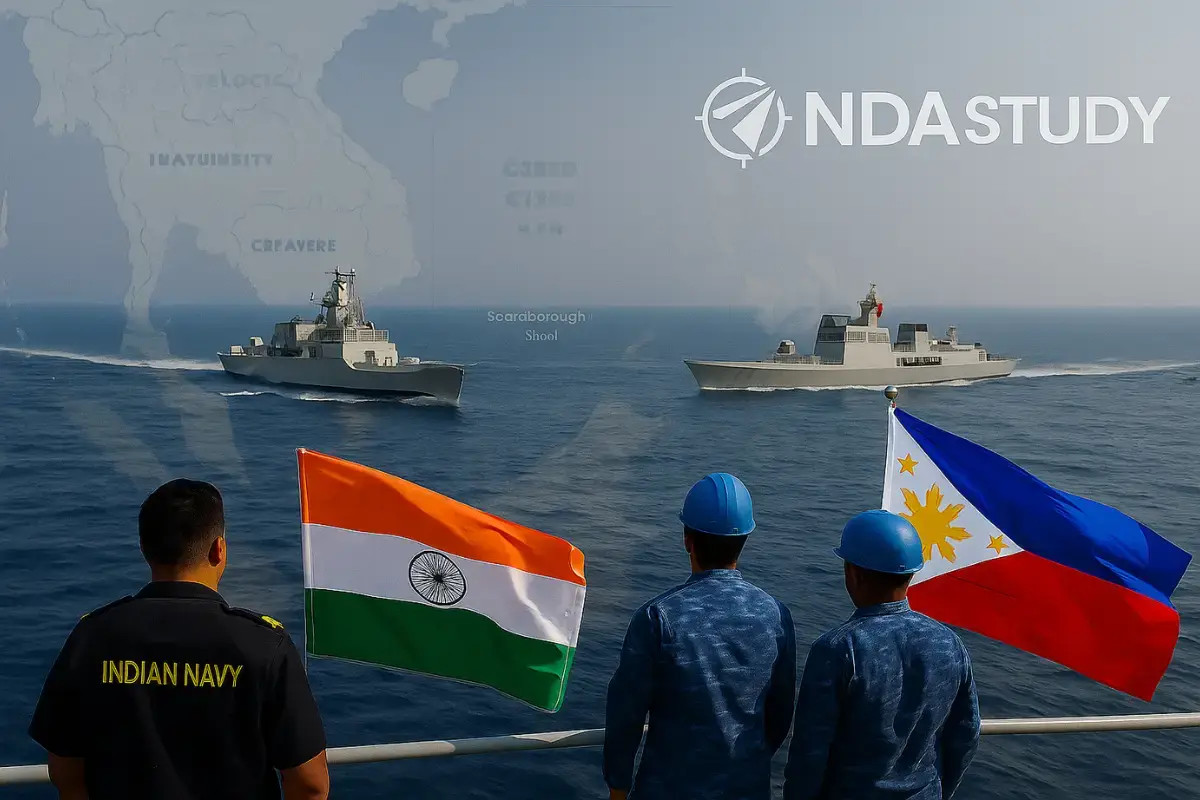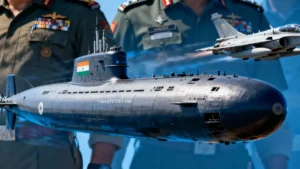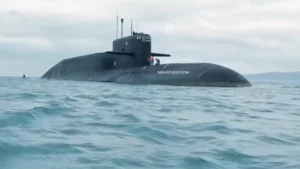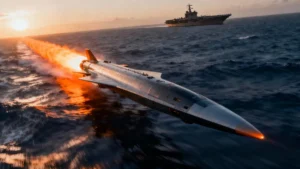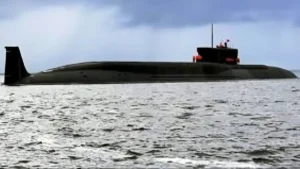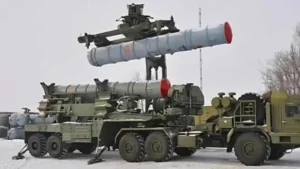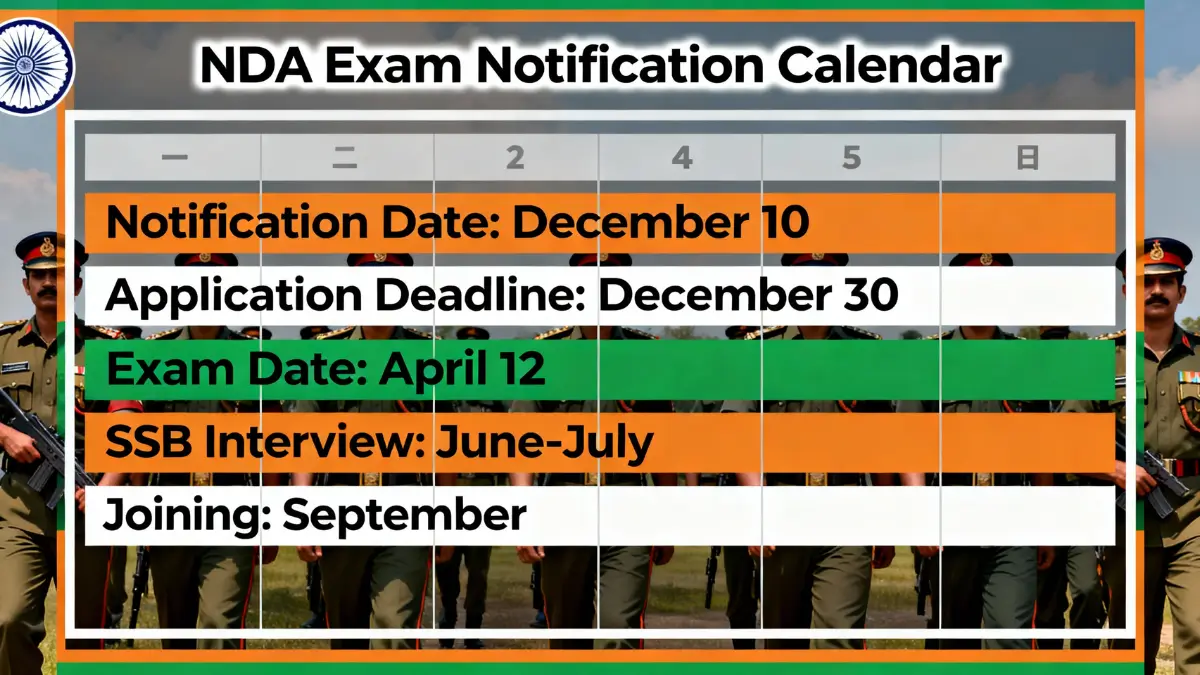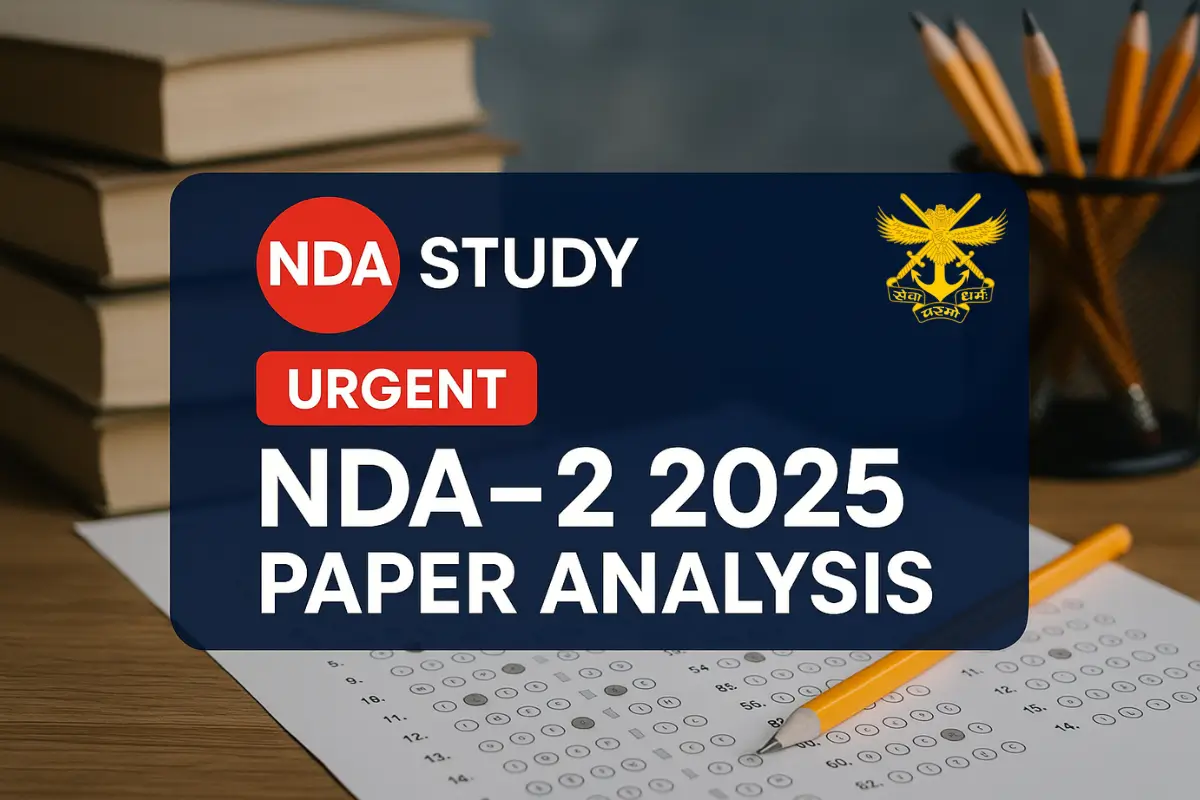What does this new naval alliance mean for China’s ambitions? For the first time ever, India and the Philippines have launched a historic joint naval patrol in the South China Sea, a move that dramatically shifts the Indo-Pacific power balance. This unprecedented collaboration comes amid intensifying South China Sea tensions, where China’s expansive territorial claims have unsettled the region. The joint operation coincides with the recent Modi-Marcos summit, where both leaders emphasised deepening bilateral ties and maritime security cooperation. This alliance not only highlights India’s growing strategic footprint in the Indo-Pacific but also signals a robust partnership of two democracies committed to upholding international maritime laws.
The India-Philippines joint Naval patrol South China Sea initiative marks a game-changing moment with far-reaching geopolitical implications, challenging China’s dominance and asserting collective security in a vital global trade route. For youth, defence professionals, and NDA aspirants, this development is a critical case study in evolving maritime diplomacy and power dynamics shaping the region’s future.
Background: South China Sea Tensions and India’s Indo-Pacific Strategy
The South China Sea holds immense geopolitical importance as a critical maritime corridor linking the Indian Ocean to the Pacific, through which nearly one-third of the world’s maritime trade passes. This region, rich in natural resources like oil, natural gas, and fisheries, lies at the heart of ongoing South China Sea tensions due to overlapping territorial claims by China, the Philippines, Vietnam, Malaysia, Brunei, and Taiwan. China’s sweeping “Nine-Dash Line” claim, despite international legal pushback, has led to extensive militarisation and island-building, unsettling regional stability and freedom of navigation.
India has strategically shifted its focus to the Indo-Pacific, aiming to secure maritime trade routes vital to its economy and enhance its role in regional security. This shift involves expanding partnerships beyond traditional allies to countries like the Philippines, reinforcing a shared commitment to uphold international maritime laws and maintain a balanced Indo-Pacific power balance. The Philippines, facing increasing pressure from China’s assertive policies, views cooperation with India as a pivot towards safeguarding its maritime interests and sovereignty amid Beijing’s rising dominance.
Key Naval Drills Timeline in the Region:
- 2019: India-Vietnam naval exercise IN-VN PASSEX
- 2021: Quad naval drills including India, US, Japan, Australia
- 2023: Signing of the India-Philippines maritime cooperation agreement
- 2025: First-ever India-Philippines joint naval patrol in the South China Sea
Defence experts emphasise that this multipolar naval presence dilutes China’s monopoly, fostering stability through enhanced surveillance and collective security, representing a strategic recalibration of power in the Indo-Pacific maritime domain.
India-Philippines Joint Naval Patrol 2025
The India-Philippines naval drill in the South China Sea marks the historic first-ever joint patrol between the two nations, signalling an unprecedented level of cooperation in strategic Indo-Pacific waters. This milestone exercise involved significant assets from both sides: the Indian Navy deployed the guided missile destroyer INS Delhi, the fleet tanker INS Shakti, and the corvette INS Kiltan, while the Philippine Navy contributed its modern frigates BRP Miguel Malvar and BRP Jose Rizal. The patrol took place largely within the Philippines’ Exclusive Economic Zone (EEZ), encompassing key maritime corridors where freedom of navigation is a global priority.
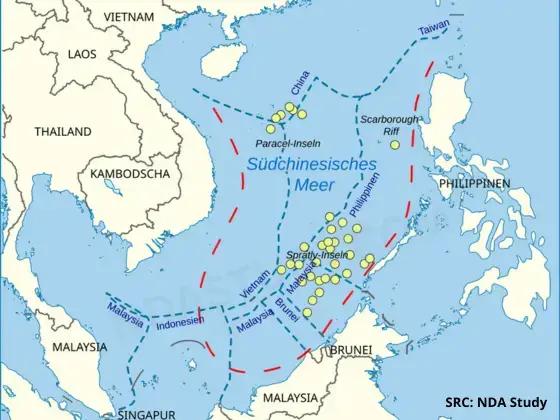
During the multi-day joint drill, the forces conducted a variety of tactical exercises, including coordinated surface warfare manoeuvres, maritime domain awareness operations, search and rescue drills, and communications interoperability tests. The operational objective was clear — to enhance mutual maritime situational awareness, improve joint response capabilities, and build seamless operational synergy between the Indian and Philippine naval forces.
Highlighting the partnership’s significance, Philippine military chief Lt. Gen. Romeo Brawner stated, “This joint patrol reflects our shared commitment to regional security and respect for international maritime laws.” Indian Navy officials echoed this, emphasising the exercise as a testament to India’s proactive Indo-Pacific strategy and support for a free and open maritime order.
Key takeaways from the India-Philippines joint Naval patrol
- Historic first-ever bilateral naval patrol in the contested South China Sea
- Enhanced interoperability through joint exercises in surface combat and communications
- Strengthened maritime domain awareness to counter regional security challenges
- Signalled a united democratic front upholding international maritime norms
- Reinforced the momentum generated by the recent Modi-Marcos summit for deeper defence ties
This joint naval drill not only improves real-time operational coordination but also bolsters strategic deterrence, sending a strong message against unilateral territorial assertions and reinforcing the evolving India-Philippines naval drill partnership as a core pillar of Indo-Pacific maritime security.
Geopolitical Implications and China’s Reaction
The naval alliance between India and the Philippines directly challenges China’s claims over the South China Sea, particularly its “nine-dash line.” By conducting joint patrols in this area, the two democracies disrupt China’s dominance and signal a shift in regional power dynamics. China’s response has been cautious. Official statements express concerns about outside involvement in what it sees as its core interests. Chinese naval ships have monitored the Indian and Philippine fleets, indicating military awareness without escalating tensions. The alliance affects ASEAN countries and the United States as well.
For ASEAN, it strengthens collective security amid China’s assertiveness. The U.S. likely views it as a valuable addition to its Indo-Pacific strategy, improving connections with partners committed to a free and open Indo-Pacific. A recent summit between leaders Modi and Marcos emphasised defence and economic ties and collaborative strategies against China’s pressure. Experts suggest this partnership could lead to a new security structure in the Indo-Pacific that balances China’s influence with support from like-minded democracies.
What This Means for Youth and Future Defence Professionals
For NDA aspirants and young defence professionals, the India-Philippines joint patrol in the South China Sea is an important step in global maritime security. It shows how strategic partnerships can shape the future of the Indo-Pacific. Today, naval alliances involve not just military might but also diplomacy, technology, and shared values to protect national interests. As India boosts its role in regional security, new opportunities arise in naval operations, maritime intelligence, international diplomacy, and defence technology.
This helps young people gain practical experience with real-world geopolitical situations and understand India’s role on the global stage. To succeed, aspirants should stay informed about defence news, study joint exercises such as the India-Philippines naval drill, and participate in discussion forums. These partnerships need quick thinkers and future leaders. The message for youth is clear: improve your skills, stay informed, and get ready to lead in protecting India’s maritime interests in a fast-changing world.
FAQ | India-Philippines Joint Naval Patrol South China Sea
1. What is the significance of India-Philippines naval drills?
The historic India-Philippines joint naval Patrol or drill marks the first time both nations have patrolled together in the South China Sea. This strategic move signals a deepening security partnership, enhances interoperability, and projects a united front for upholding international maritime laws in a region long marred by disputes.
2. How does the joint patrol affect South China Sea disputes?
The joint patrol adds serious momentum to countering excessive territorial claims. It strengthens maritime cooperation and serves as a real-world deterrent, showing that the Philippines is no longer standing alone against China’s assertive moves, but now has India as a committed partner advocating a rules-based order
3. What was discussed during the Modi-Marcos summit?
The summit focused on ramping up defence and maritime ties, economic partnerships, and advancing bilateral cooperation from pharmaceuticals to agriculture. Both leaders reiterated the need for freedom of navigation and a free, open Indo-Pacific—values now reflected in these joint patrols.
4. How is China reacting to this alliance?
China has criticised the India-Philippines naval Patrol Drill, labelling the Philippines a “troublemaker” and warning against “external interference.” Chinese vessels monitored the patrols closely, while official statements threatened “resolute countermeasures” to defend China’s maritime claims.
India-Philippines joint Naval patrol (Author’s word)
The historic India-Philippines joint Naval patrol South China Sea marks a transformative moment in Indo-Pacific security, firmly underscoring India’s deepening naval diplomacy and strategic reach. This unprecedented cooperation not only challenges China’s expansive maritime claims but also signals a decisive shift in regional power dynamics, fostering a multipolar balance where democratic nations collaborate to uphold international maritime laws and regional stability. By sending its Eastern Fleet into contested waters alongside the Philippine Navy, India has elevated its role from a regional actor to a pivotal security provider in the Indo-Pacific. The alliance, anchored by the Modi-Marcos summit, embodies a bold partnership that enhances maritime domain awareness and collective deterrence against coercive ambitions.
Looking ahead, this joint naval patrol sets a precedent for expanded maritime cooperation, promising sustained naval engagements and strategic dialogues that will further embed India in the evolving Indo-Pacific security architecture. For defence professionals and strategic observers, it highlights India’s rise as a key maritime power championing a free, open, and rules-based order in a complex geopolitical theatre. The India-Philippines joint patrol in the South China Sea is thus not just a historic event but a forward-looking statement of India’s commitment to securing the Indo-Pacific’s future.
Stay Tuned & Stay Connected!
